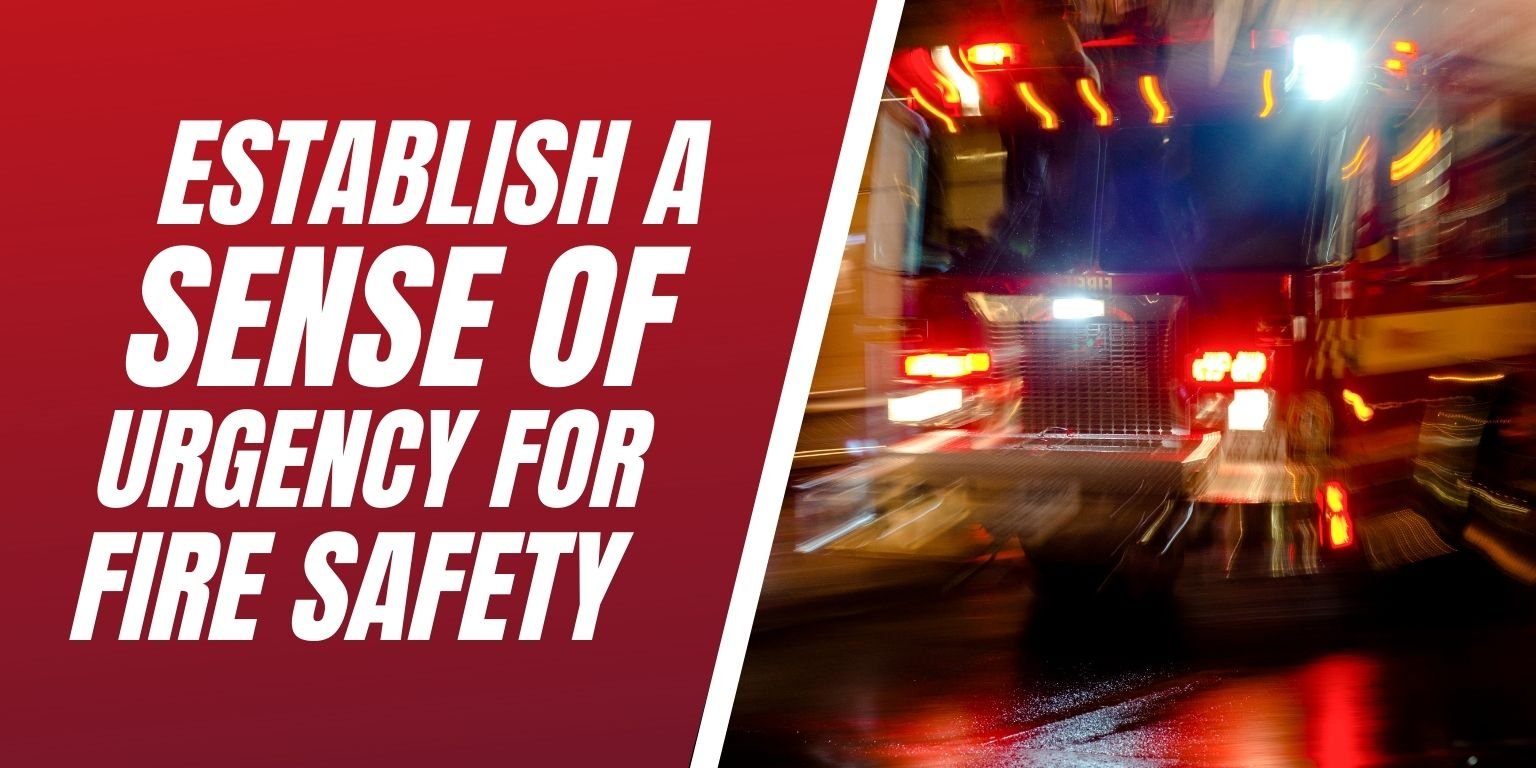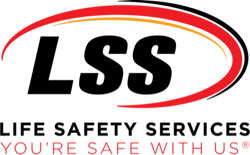
As we know, fire emergencies do not come with warnings. This is why fire safety codes are imposed at the state and/or local level to ensure that all buildings are safe for occupants to work in. Inspections are required and the frequency varies. Any and all deficiencies that are found during inspection must be repaired as soon as possible. A facility inspection is just the first part of the process. Repairs should not fall off the priority list as the deficiencies within your fire protection system are serious and building occupants are at risk until resolved.
There is a hard deadline of when repairs must be completed from the time of inspection, deadlines are determined by the authority holding jurisdiction. The AHJ will enforce the code and will expect all their facilities to be in compliance at all times. If inspections and/or repairs are ignored, there could be costly fines.
Fire Doors
One of the most important and complex devices within a facility fire protection system, fire doors. Fire doors work to keep fire and smoke from passing through to other areas of a building in the event of a fire. Keep in mind, the only way for fire doors to function as intended is if they are shut and latch properly. If any fire door deficiencies such as gap adjustments, installation of smoke seals, hinge replacements, silencer replacements, strikes for locksets are reported, it’s advised to put in an urgent request for repair as the building is not compliant with state/local codes.
To pass the fire door inspection, per the current NFPA 80 code
- No open holes or breaks exist in surfaces of either the door or frame.
- Glazing, vision light frames, and glazing beads are intact and securely fastened in place, if so equipped.
- The door, frame, hinges, hardware, and noncombustible threshold are secured, aligned, and in working order with no visible signs of damage.
- No parts are missing or broken.
- Door clearances at the door edge to the frame, on the pull side of the door, do not exceed clearances listed in 4.8.4 and 6.3.1.
- The self-closing device is operational, that is, the active door completely closes when operated from the full open position.
- If a coordinator is installed, the inactive leaf closes before active leaf.
- Latching hardware operates and secures the door when it is in the closed position.
- Auxiliary hardware items that interfere or prohibit operation are not installed on the door or frame.
- No field modifications to the door assembly have been performed that void the label.
- Gasketing and edge seals, where required, are inspected to verify their presence and integrity."
Fire and Smoke Dampers
Fire and smoke dampers may be out of plain sight however, they play such a critical role in the effectiveness of a facilities pass fire protection plan. When triggered, fire and smoke dampers will shut and close off areas of a facility to avoid smoke and fire to pass through. This is important to allow building occupants to evacuate and allow emergency crews to enter and begin extinguishing the flames.
Fire and smoke dampers are commonly reported as faulty during the inspection process, which raises major concern. Repairs and routine maintenance must always be conducted with a sense of urgency due to their life saving role to the fire safety plan.
- Fire Damper - NFPA 80 – Section 19.4 - Each damper shall be tested and inspected one year after installation. The test and inspection frequency shall then be every 4 years, except in hospitals, where the frequency shall be 6 years.
- Smoke Damper - NFPA 105 – Section 6.5 - Each damper shall be tested and inspected one year after installation. The test and inspection frequency shall then be every 4 years, except in hospitals, where the frequency shall be 6 years.
Firestopping
Firestopping is a passive fire protection method that consists of restoring the fire barrier integrity that was forfeited due to a variety of penetrations that are located within a facility. These penetrations consist of through penetrations, membrane penetrations, fire rated construction joints, blank opening and perimeter containments.
Compartmentalizing is the main goal when firestopping a facility, it allows for areas to be securely separated in the event of a fire. Preventing fire and smoke transferring from room to room, gives occupants additional time to safely evacuate.
Below is the firestopping code that facilities must abide by:
- 711.3.1.2 - Through-penetration firestop system. Through-penetrations shall be protected by an approved penetration firestop system installed as tested in accordance with ASTME 814, with a minimum positive pressure differential of 0.01 inch of water and shall have an F rating of not less than the required fire resistance rating of the wall penetrated.
- 711.3.2 - Membrane Penetrations. Membrane penetrations shall comply with Section 711.3.1. Where walls and partitions are required to have a minimum 1-hour fire resistance rating, recessed fixtures shall be so installed such that the required fire resistance will not be reduced.”
- 8.3.5.1.1 - The provisions of 8.3.5 shall govern the materials and methods of construction used to protect joints in fire barriers, in between fire barriers, and at the perimeter of fire barriers where fire barriers meet other fire barriers, the floor or roof deck above, or the outside walls.
- 8.3.3 - Opening Protectives - 8.3.3.1 General. Every opening in a fire barrier shall be protected to limit the spread of fire from one side of the fire barrier to the other
- 8.3.5.4.1 - Voids created between the fire resistance–rated floor assembly and the exterior curtain wall shall be protected with a perimeter joint system that is designed and tested in accordance with ASTM E2307, Standard Test Method for Determining Fire Resistance of Perimeter Fire Barriers Using Intermediate-Scale, Multi-story Apparatus. 8.3.5.4.2 The perimeter joint system shall have an F rating equal to the fire resistance rating of the floor assembly.
LSS Life Safety Services: You’re Safe with Us
There is a common denominator between all of the fire safety system components; they are in place with the intention to save lives in the event of a fire. With that said, these safety features are no doubt a priority to all facility managers. LSS Life Safety Services takes your fire safety concerns seriously and we will place our own sense of urgency when getting facility repairs scheduled as we know how important it is to have a compliant and functioning fire safety system in place.
Contact Us today to schedule your inspection or repair services. You’re Safe with Us.

